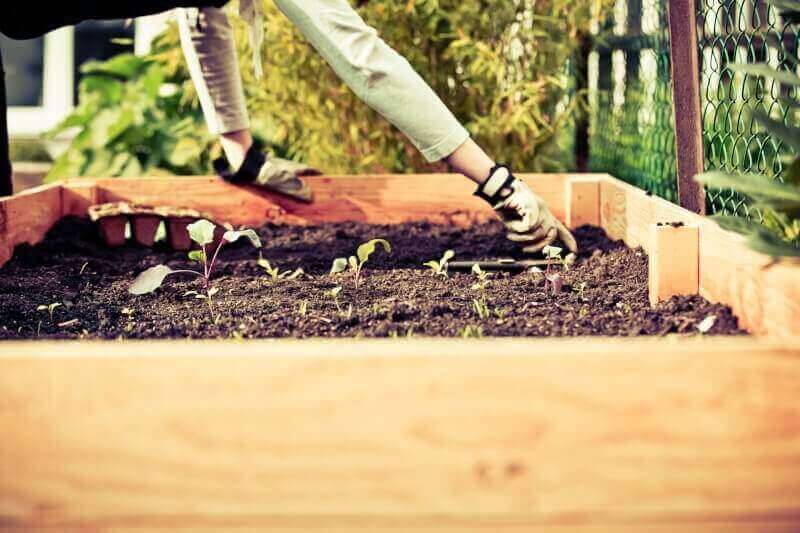When we talk about summer gardens, everyone has in mind the flowers and vegetables. Yet, a summer garden should also include some trees, bushes, ornaments, and other features such as fountains, rockeries, and water features. If you’re planning your summer planting guide, try to consider some ways to maximize your summertime garden space. A summer home garden can be planted almost anywhere. However, the following summer planting guide is aimed at helping you maximize your summer garden space.

Where To Begin:
First thing you need to do is to determine the type of summer crops that you want to grow. Are you looking for vegetables to grow in summer? Then plant these first. You can use your summer planting guide to identify and locate the vegetables you’re looking for. After that, it’s time to start watering and preparing your soil for the next season.
If you have corn, peas, or any other crop that needs to be planted in the late summer and early fall, you can sow them in the fall. For example, in corn you can sow in late spring or early summer, while for peas you can sow in late summer or fall. As for pole beans, they can be sown in the fall or in the spring.
If your summer garden is mainly comprised of strawberries, then you can plant these in the summer garden. However, if you don’t have any strawberries, you can grow cherry tomatoes (which can grow very well on its own) and tomato pumpkins. As for peppers, you can either grow them in the summer or keep them sown during the winter. These plants can tolerate either full sun or partial shade.
Adding Flowers to your Garden:
When it comes to flowers, most people tend to plant them in the summer because this is when they blooms. However, you don’t have to stick to this idea. In fact, in order to have a colorful summer garden, you can plant all types of flowers in the summer, even those that don’t bloom in the spring and summer. For example, daisies, peonies, sunflowers, blue hydrangeas, tulips, and lilies can all be grown in the summer. Of course, the color of the flower doesn’t matter – what matters most is that the flowers come up before the summer ends.
Most home gardeners tend to stick with warm season crops such as tomatoes, potatoes, melons, carrots, and cucumbers. However, you can plant vegetables that do not come into the warm season in the summer garden. For example, you can plant tomatoes in the summer, but you can also grow herbs such as basil, oregano, parsley, and cilantro. Not only will these plants provide your home with fresh herbs, but they will also taste better during the summer months.
When it comes to plants that are suitable for planting in the summer garden, you have many options. For example, you can choose to plant a variety of crocus, violets, and blue crocus. These three crops will grow actively during the summer months, but they will not produce as much as other types of summer crops. Therefore, in order to get a high yield of crops, you will want to plant a variety of cool season crops directly onto the soil in the fall, allowing the roots to grow deeply.
Final Thoughts:
One important thing to remember when planning your summer planting is that you should keep all of your bulbs healthy. Do not harvest any of your summer crops until they are completely green and well-nourished. Once the bulbs are fully ripe for picking, they should be removed from the garden. Remember that vegetables need time to absorb the nutrients that are in the soil and water before they are ready to eat. If you harvest vegetables before they are ready, they will lose much of their nutrient content.

